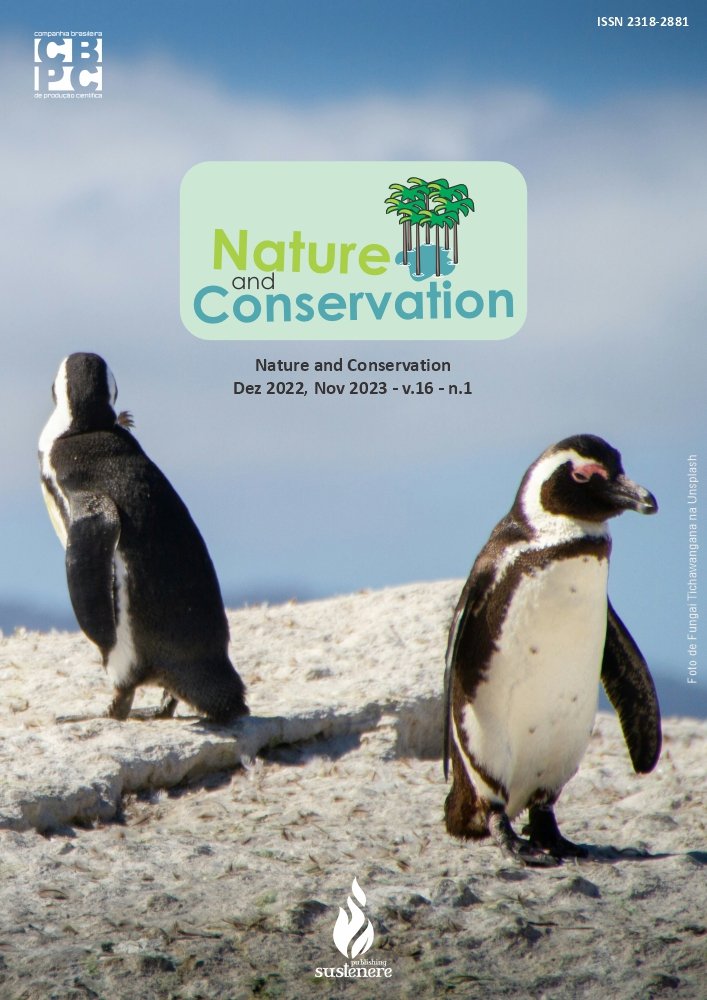Production of compost of residues of fishing fillets
DOI:
https://doi.org/10.6008/CBPC2179-6858.2022.003.0023Keywords:
Composting, Fish, SustainabilityAbstract
A trial was conducted to evaluate the production of compost of fishing residues through physic and chemical analysis. The study was carried out in a plastic box reinforced with fiberglass. The box had 1000L capacity and the following dimensions: 1.13m basis; 0,93m height; and 1.32m diameter. A mixture of residues of fishing fillets and reused wood shavings at a 5:1 proportion was added to the box. Five different spots were chosen to measure temperature and to collect material for the chemical analysis of the compost mass. The remainder of the samples were taken from the five chosen spots at 30 and 60 days of composting, corresponding, the former to T1 and the later to T2. All data was subjected to ANOVA and polynomial regression and the means compared with the Tukey test at 5%. The results showed that the compost complies with the Brazilian Normative Instruction 25/2009 allowing it to be used in agriculture as a potential corrective for acidic soils. Its low C/N ratio obtained from the mass proportion of 5Kg of fishing residues to 1Kg of reused wood shavings limits the microbial activity in terms of oxidation of total organic matter. The mass proportion of 5:1 exceeds the composting capacity for the stabilization of fishing residues, which associated with the high moisture content, allows the growing and development of flies.
Downloads
Downloads
Published
Issue
Section
License
Copyright (c) 2022 Ibero-American Journal of Environmental Sciences

This work is licensed under a Creative Commons Attribution-NonCommercial-NoDerivatives 4.0 International License.
The CBPC - Companhia Brasileira de Produção Científica (Brazil CNPJ: 11.221.422/0001-03) the material rights of the published works. The rights relate to the publication of the work anywhere in the world, including rights to renewals, expansions and dissemination of the contribution, as well as other subsidiary rights. All electronically published works may subsequently be published in printed collections under the coordination of this company and / or its partners. The authors preserve the copyright, but are not allowed to publish the contribution in another medium, printed or digital, in Portuguese or in translation.









